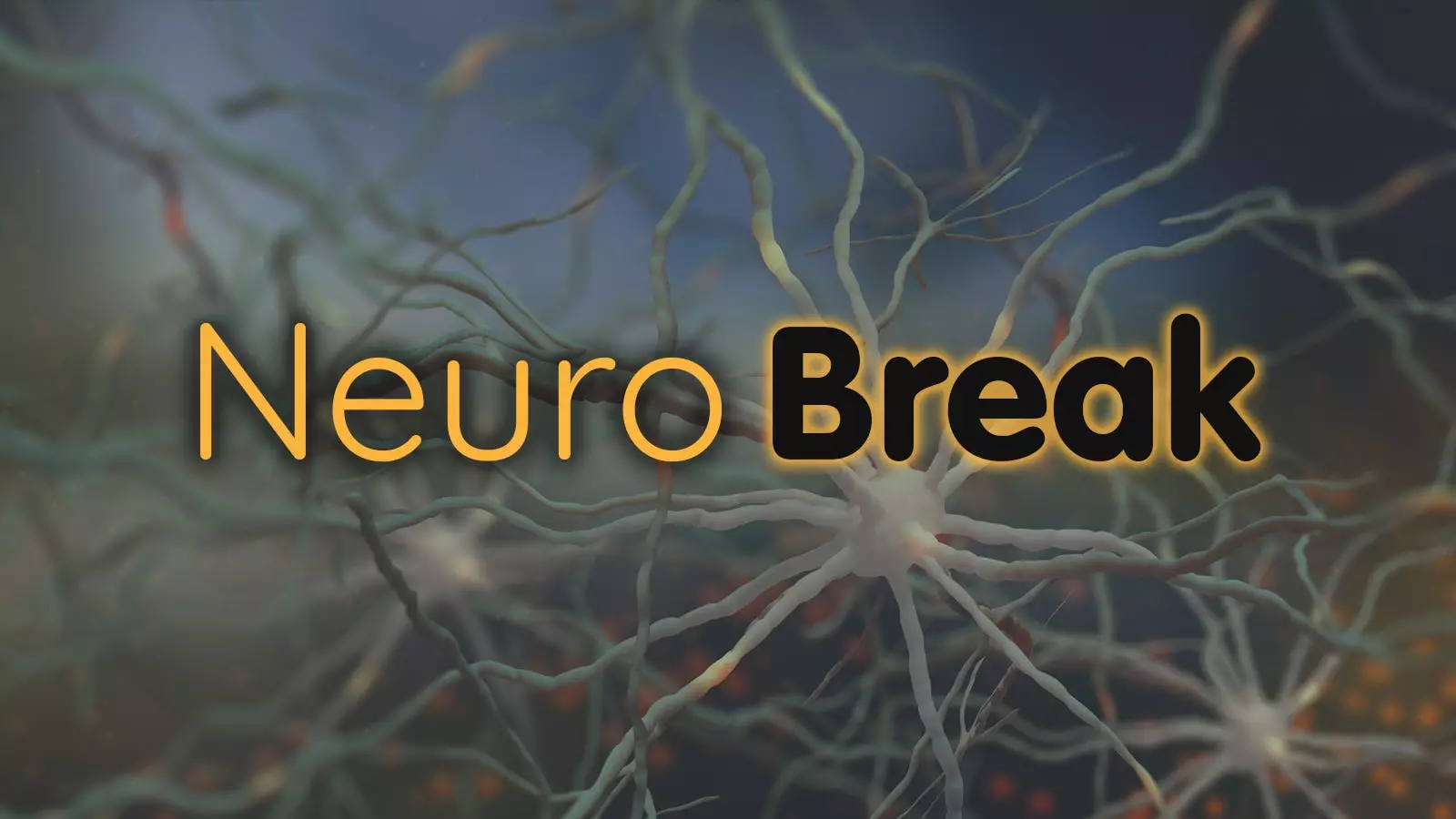Dementia is a complex and debilitating neurological disorder that affects millions of people worldwide. One intriguing phenomenon associated with dementia is the occurrence of a brief lucid period before death in some individuals. This fleeting moment of clarity has puzzled researchers and clinicians for years, as the underlying mechanisms remain poorly understood.
The Conversation reported that clinicians should be transparent about the uncertainties surrounding potential risks associated with experimental treatments for Alzheimer’s disease. Anti-amyloid drugs, for example, have been linked to brain volume loss, raising concerns among patients considering these interventions.
Recent studies have shed light on promising treatment modalities for neurological disorders. For instance, Nature highlighted the role of the protein FLVCR2 as a crucial choline transporter that facilitates choline uptake into the brain. This discovery opens up new possibilities for targeted therapies aimed at enhancing cognitive function.
In another breakthrough, Neurology reported that intravenous immune globulin (IVIG) effectively treated new-onset small fiber neuropathy following SARS-CoV-2 infection. This finding underscores the potential of immunomodulatory agents in managing neurologic complications associated with viral illnesses.
JAMA Neurology featured a study demonstrating the safety and efficacy of intravenous acyl-ghrelin in improving neurologic outcomes in comatose individuals after cardiac arrest. This innovative approach holds promise for enhancing recovery and quality of life in patients with severe brain injuries.
Furthermore, JAMA Network Open presented evidence supporting the use of repetitive transcranial magnetic stimulation in enhancing cognition and functional connectivity in individuals with early Alzheimer’s disease. This non-invasive intervention has the potential to slow down disease progression and improve cognitive function in affected individuals.
Science Translational Medicine showcased a groundbreaking study utilizing 7-Tesla resting-state functional MRI to map a subcortical brain network associated with arousal and awareness in human consciousness. This discovery offers valuable insights into the neural correlates of conscious experience, paving the way for new therapeutic targets for neurologic disorders.
Overall, ongoing research in the field of neurology continues to unravel the intricate workings of the human brain and provide hope for individuals affected by debilitating neurological conditions. By embracing novel treatment modalities and understanding the underlying mechanisms of disease, researchers are paving the way for brighter, more promising futures for patients worldwide.

Leave a Reply